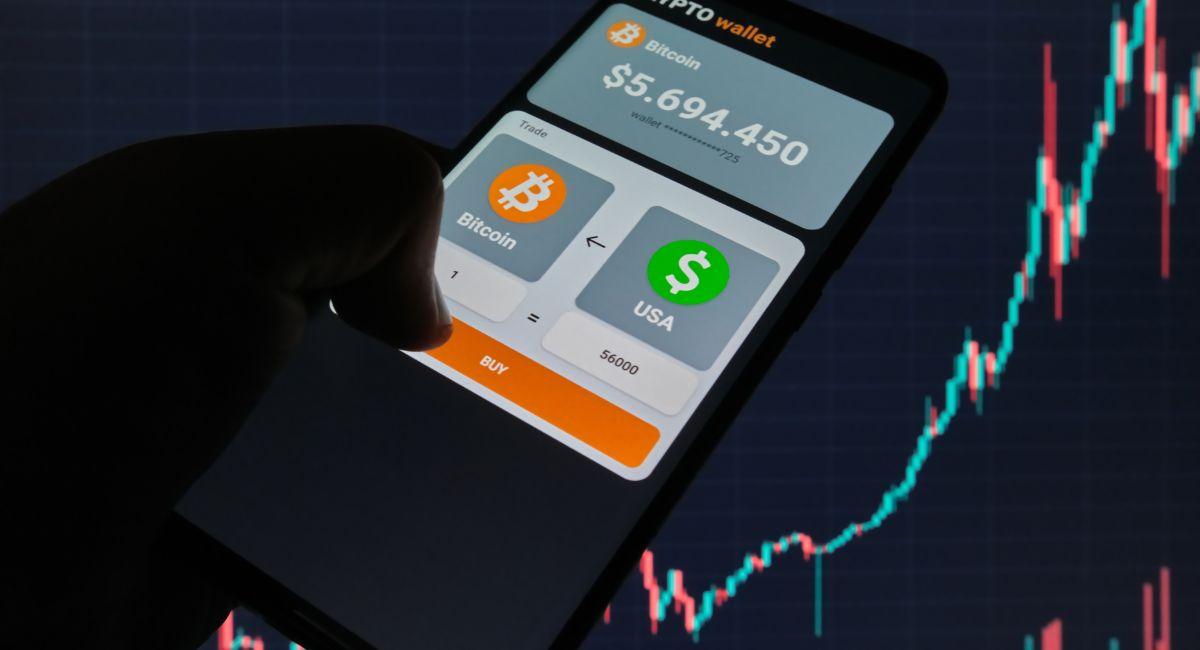What Is Spot Trading In The Crypto World And How Does It Work?
Spot trading in the cryptocurrency market is a form of trading where participants buy and sell actual cryptocurrencies, such as Bitcoin, Ethereum, or other digital assets, at the current market price. It involves the immediate exchange of assets, and the settlement occurs “on the spot,” meaning the transaction is settled instantly or within a short period, typically within two business days.
Key Elements of Spot Trading:
- Immediate Settlement: In spot trading, the transaction is settled immediately or within a very short timeframe. Once a buyer and seller agree on the price, the assets are exchanged, and ownership is transferred. This is in contrast to futures or options trading, where the settlement can happen at a future date.
- Actual Ownership of Assets: Participants in spot trading physically own the cryptocurrencies they buy. The transactions involve the transfer of ownership of the digital assets from the seller’s wallet to the buyer’s wallet on the blockchain.
- Spot Market Exchanges: Spot trading occurs on spot market exchanges, where buyers and sellers interact directly to exchange cryptocurrencies. These exchanges provide a platform for users to place market orders, limit orders, and execute trades at the prevailing market prices.
- Market Price Determination: The prices in spot trading are determined by the supply and demand dynamics in the market. The current market price is the price at which the last transaction occurred. Spot traders buy or sell at these market prices or set limit orders at specific prices they are willing to accept.
- No Contractual Agreements: Spot trading does not involve contractual agreements for the future delivery of assets. Traders simply exchange the assets at the agreed-upon price without committing to a future date for settlement.

Steps in Spot Trading:

- Account Setup: Traders need to create an account on a cryptocurrency exchange that supports trading. They go through the necessary KYC (Know Your Customer) and account verification processes.
- Deposit Funds: Traders deposit funds into their exchange accounts. These funds are used to buy cryptocurrencies during spot trading.
- Market Analysis: Before making trades, participants typically analyze market conditions, using technical analysis, fundamental analysis, or a combination of both. They assess factors like price trends, market volumes, and relevant news.
- Placing Orders: Traders can place different types of orders, such as market orders or limit orders. A market order is executed immediately at the current market price, while a limit order is executed only when the price reaches a specified level set by the trader.
- Execution and Settlement: When a buyer and a seller agree on a price, the trade is executed. The cryptocurrency is transferred from the seller’s wallet to the buyer’s wallet, and the transaction is recorded on the blockchain. Settlement occurs promptly.
- Withdrawal or Holding: After a successful trade, traders can choose to withdraw their cryptocurrencies to external wallets for added security or hold them within the exchange for potential future trades.
Also, read- BitMart Offers Zero Fees for Makers On 200+ Class-A Spot Trading Pairs

Stay informed with daily updates from Blockchain Magazine on Google News. Click here to follow us and mark as favorite: [Blockchain Magazine on Google News].
Get Blockchain Insights In Inbox
Stay ahead of the curve with expert analysis and market updates.
latest from tech
Disclaimer: Any post shared by a third-party agency are sponsored and Blockchain Magazine has no views on any such posts. The views and opinions expressed in this post are those of the clients and do not necessarily reflect the official policy or position of Blockchain Magazine. The information provided in this post is for informational purposes only and should not be considered as financial, investment, or professional advice. Blockchain Magazine does not endorse or promote any specific products, services, or companies mentioned in this posts. Readers are encouraged to conduct their own research and consult with a qualified professional before making any financial decisions. The featured image used is just a creative depiction of the title and it does not intend to hurt sentiments of any person or institution. If it hurts anyone sentiments, please do not hesitate to reach out to Blockchain Magazine.

 Bitcoin
Bitcoin  Ethereum
Ethereum  XRP
XRP  Tether
Tether  Solana
Solana  USDC
USDC  Dogecoin
Dogecoin  Cardano
Cardano  Lido Staked Ether
Lido Staked Ether  TRON
TRON  Wrapped Bitcoin
Wrapped Bitcoin  Chainlink
Chainlink  Wrapped stETH
Wrapped stETH  Sui
Sui  Avalanche
Avalanche  Stellar
Stellar  Hedera
Hedera  Toncoin
Toncoin  Shiba Inu
Shiba Inu  LEO Token
LEO Token  Hyperliquid
Hyperliquid  Bitget Token
Bitget Token  Litecoin
Litecoin  WETH
WETH  USDS
USDS  Polkadot
Polkadot  Bitcoin Cash
Bitcoin Cash  Ethena USDe
Ethena USDe  MANTRA
MANTRA  Wrapped eETH
Wrapped eETH  Uniswap
Uniswap  Pepe
Pepe  Ondo
Ondo  Monero
Monero  Aave
Aave  WhiteBIT Coin
WhiteBIT Coin  NEAR Protocol
NEAR Protocol  Mantle
Mantle  Official Trump
Official Trump  Aptos
Aptos  Dai
Dai  Internet Computer
Internet Computer  Ethereum Classic
Ethereum Classic  Bittensor
Bittensor  Cronos
Cronos  OKB
OKB  POL (ex-MATIC)
POL (ex-MATIC)  Gate
Gate 



